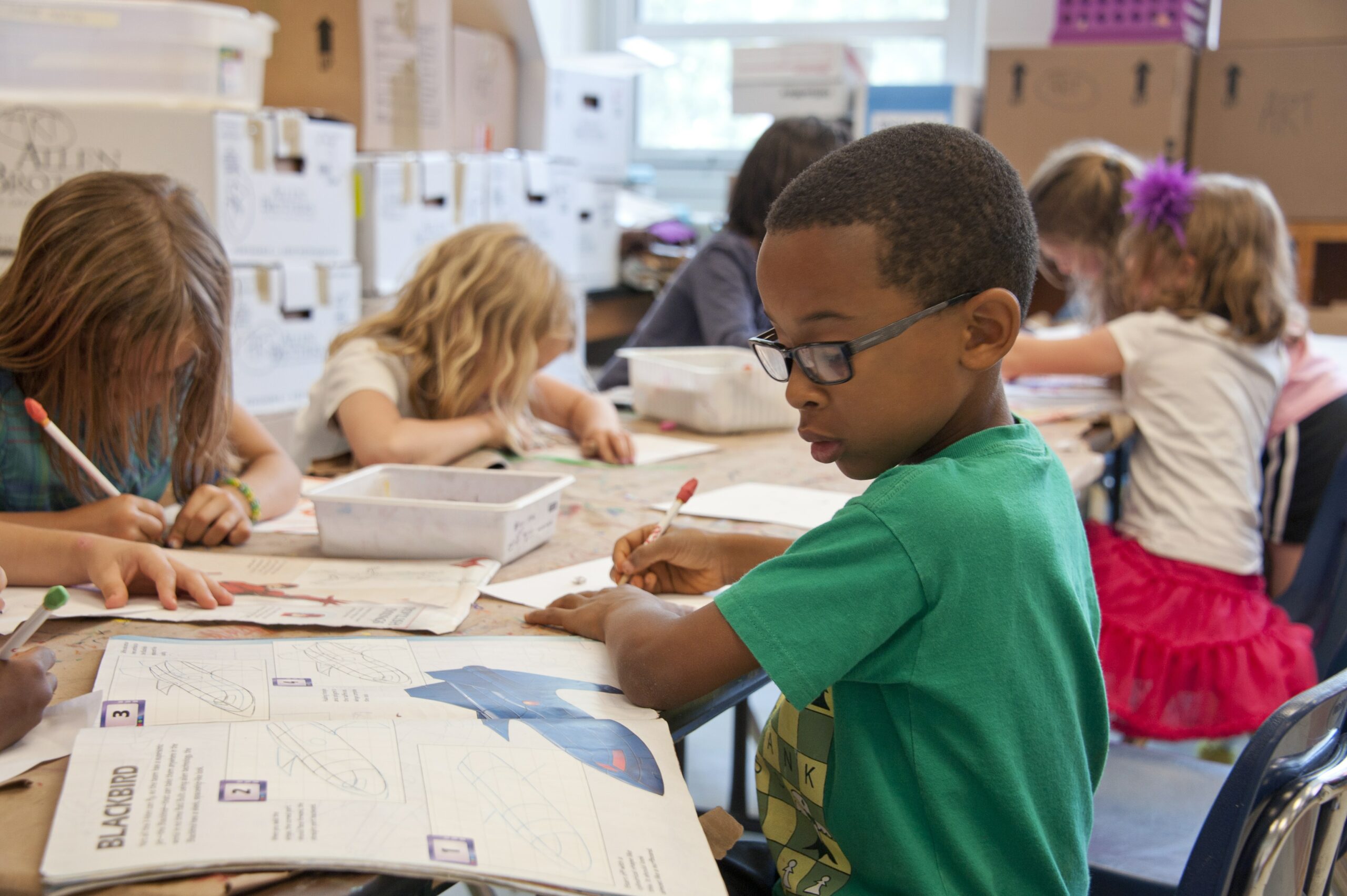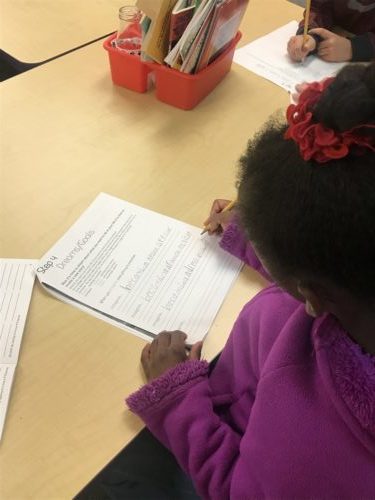
Children deserve to grow up happy, loved, and supported no matter their environment. According to an article on child development, various factors contribute to children’s happiness and wellbeing. Beyond economic stability and educational access, it’s important that children have strong and healthy relationships with their families. Children with supportive family members perform well academically and socially, while also reporting higher levels of overall life satisfaction.
The journey towards improving your child’s happiness and quality of life can start with transforming habits and behaviors at home. These may be small changes, but they ultimately make a significant difference in how children think and feel about themselves and the world around them.
Make time to communicate
Despite the busyness of daily life, it helps to communicate with your children. Whether it’s about motivating them at the start of the day or asking them how their day at school went, talking to your children sends them a message that you value their needs, feelings, and experiences. Furthermore, a study about parent-child communication published in Frontiers Psychology emphasizes the quality, and not just the frequency, of conversations. This contributes to the child’s positive self-concept, self-esteem, and confidence.
The quality of the conversations can be improved by ensuring your child isn’t always relegated to being the listener or receiver of information. Allow your child to take the lead in the conversation while encouraging them through nonverbal affirmations like nodding your head and maintaining eye contact.
Seek professional help
There are instances where a child may develop signs of poor mental health, such as withdrawal from social interactions or disruptions in their sleeping patterns. While it’s still our responsibility as parents to address potential or existing stressors, seeking professional help from licensed health professionals allows us to access more tools and resources related to mental health. Despite the shortage of mental health professionals across the country, you can find excellent online therapists to help. Everyday Health has an extensive list of providers, as well as Forbes lists online therapy providers that either charge per session or per weekly/monthly subscription. Most of the services allow you to choose a therapist that best matches your child’s situation.
With the advent of telemedicine, there are now remote nurse practitioners who can also address specific health needs. Remote mental health nurse practitioners across states are making up for the shortfall to provide all-around care and support starting from initial consultations to follow-up visits and medication plans. Their focus on child and family health can help alleviate common barriers like the availability and affordability of care. These remote services mainly benefit children who are more comfortable receiving counseling in the comfort of their own homes or children whose health conditions or special needs make it difficult to access care services at fixed facilities.
Minimize screen time
Regardless of your child’s age, it’s vital to set reasonable limits for their screen time and use of social media. As much as the increasingly digital world allows them to expand their knowledge and communicate with others despite the distance, nothing beats the organic experience of unstructured and unplugged playtime. Included in our list of ways to mitigate parents’ and children’s stress was scheduling two to four hours of downtime each day. This can come in the form of going for a short walk outside, biking to the park, doing puzzles, singing, and dancing. Not only do these activities let them relax and get in touch with the world around them, but your emotional bond and connection also improve when you make sure you play together!
Have regular family meals
This last change may seem the simplest of all, but parents sometimes overlook the importance of having regular family meals. No matter how busy your respective schedules get, an article on The Hill says family meals are a great way to reduce stress, strengthen connections, and boost the self-esteem of your children. When you mainly serve healthy and hearty dishes for mealtime, your children can find stability and consistency in their eating habits. You can further elevate this bonding experience by preparing the food together, especially on weekends or special occasions.
Overall, quality time together with fun and supportive conversations will support your child’s happiness now and for their lifetime. To help your child communicate emotions they may have difficultly talking about, you can also write your Imagine stories together. It’s fun, easy, and free. Download a journal today at www.theimagineproject.org.
Thank you,
The Imagine Project Team
Article written by Renee Jessa (Submitted to The Imagine Project)

 Every teacher wants their students to feel emotionally supported in their classroom–when a child feels emotionally stable, they can take in and learn information.
Every teacher wants their students to feel emotionally supported in their classroom–when a child feels emotionally stable, they can take in and learn information.  Transitioning to a Trauma Informed School has become an important movement across the United States, particularly in those schools with a high population of at-risk students. Schools in poorer communities, communities with high crime, even rural areas are seeing the positive effects of applying Trauma Informed principles into their overall curriculum. Even if your school does not have a high-risk student population, it’s important to understand that trauma is in all schools. Yes, it may be higher in certain communities, but as many know, the ACES research showed that 50% of all kids in white, middle class, well-educated communities have at least one traumatic experience before the age of 17. This means every school has students who’ve experienced trauma. Becoming a Trauma Informed School is of utmost importance in helping all children succeed in school, and in life.
Transitioning to a Trauma Informed School has become an important movement across the United States, particularly in those schools with a high population of at-risk students. Schools in poorer communities, communities with high crime, even rural areas are seeing the positive effects of applying Trauma Informed principles into their overall curriculum. Even if your school does not have a high-risk student population, it’s important to understand that trauma is in all schools. Yes, it may be higher in certain communities, but as many know, the ACES research showed that 50% of all kids in white, middle class, well-educated communities have at least one traumatic experience before the age of 17. This means every school has students who’ve experienced trauma. Becoming a Trauma Informed School is of utmost importance in helping all children succeed in school, and in life. Parents, teachers, admin, even grandparents are struggling with the difficult decision of; “Should I send my child back to the classroom setting?” Some believe kids should be back in school, some believe they should stay home, some feel a hybrid choice is the best option. The reality is there isn’t one set answer for all. Many factors need to be taken into account when the final decision is made and administration is doing the best they can to balance the situation at hand.
Parents, teachers, admin, even grandparents are struggling with the difficult decision of; “Should I send my child back to the classroom setting?” Some believe kids should be back in school, some believe they should stay home, some feel a hybrid choice is the best option. The reality is there isn’t one set answer for all. Many factors need to be taken into account when the final decision is made and administration is doing the best they can to balance the situation at hand. Ugh, life has been challenging lately, sometimes down right hard! Many of us are facing situations we never thought we would ever encounter. The stress is real—for all of us. Even if our situation is doable, we still see and feel the stress in the world. Behind the masks we can see stress in someone’s body language, lack of eye-to-eye contact, or maybe their behavior is less than kind. Adults are feeling stress, but kids are too—all ages of kids are feeling it—from babies to teens.
Ugh, life has been challenging lately, sometimes down right hard! Many of us are facing situations we never thought we would ever encounter. The stress is real—for all of us. Even if our situation is doable, we still see and feel the stress in the world. Behind the masks we can see stress in someone’s body language, lack of eye-to-eye contact, or maybe their behavior is less than kind. Adults are feeling stress, but kids are too—all ages of kids are feeling it—from babies to teens. Numerous studies have been conducted that reveal just how much stress today’s kids are under. Sadly, we see it every day revealed in bullying, anxiety, depression, chemical abuse, and even suicide. Youth are suffering with stress and trauma, and those labeled as “at risk”, such as foster kids, have more to overcome than the average student. One of the ways we are able to support them is through
Numerous studies have been conducted that reveal just how much stress today’s kids are under. Sadly, we see it every day revealed in bullying, anxiety, depression, chemical abuse, and even suicide. Youth are suffering with stress and trauma, and those labeled as “at risk”, such as foster kids, have more to overcome than the average student. One of the ways we are able to support them is through  Every parent wants the best for their children. We work hard at making sure they eat right, do well in school, get enough sleep, etc. Another area that needs a great deal of focus is their emotional wellness. Emotional wellness means a child is able to express emotion, feel empathy and compassion, have health relationships, communicate freely, be responsible, accept help, have fun and feel joy, and be able to bounce back when they face adversity. Emotional wellness is key to being resilient in the face of any adversity. And since adversity is an integral part of life, we can’t really shield our children from it. Instead, we can promote emotional wellness and resilience by giving them tools to cope—lasting tools that can equip them to weather all the storms they encounter throughout their lives. Here are seven tips to help you help you help your child be their best self emotionally.
Every parent wants the best for their children. We work hard at making sure they eat right, do well in school, get enough sleep, etc. Another area that needs a great deal of focus is their emotional wellness. Emotional wellness means a child is able to express emotion, feel empathy and compassion, have health relationships, communicate freely, be responsible, accept help, have fun and feel joy, and be able to bounce back when they face adversity. Emotional wellness is key to being resilient in the face of any adversity. And since adversity is an integral part of life, we can’t really shield our children from it. Instead, we can promote emotional wellness and resilience by giving them tools to cope—lasting tools that can equip them to weather all the storms they encounter throughout their lives. Here are seven tips to help you help you help your child be their best self emotionally.
 As parents and teachers we often see our kids struggling with issues that challenge their ability to cope. It may be keeping up in school, coping with friendship changes, or the trials of social media. We are always looking for tools to support our precious children (and ourselves).
As parents and teachers we often see our kids struggling with issues that challenge their ability to cope. It may be keeping up in school, coping with friendship changes, or the trials of social media. We are always looking for tools to support our precious children (and ourselves). 
